Instrumental Measurement of Sensory Quality Attributes in Food

Summary
Color, appearance, texture, and flavor have a significant impact on the overall quality attributes and consumer acceptability of foods. To assess these sensory attributes, food industry researchers and product developers frequently engage humans to serve on sensory evaluation panels. Instrumental techniques are commonly used by the industry to assess sensory attributes when sensory evaluation panels are not feasible. For these instrumental methods to provide accurate data, they must measure these attributes using techniques typical of humans. Instrumental Measurement of Sensory Quality Attributes in Foods , is the first book tointegrate into one resource both the theory and applications for the instrumental methods used for the measurement of color, texture, and flavor of foods. In part one of the text, Authors Wilson and Boylston discuss the theory of instrumental techniques and their relationship to human perception. The advantages and disadvantages of specific instrumental techniques, as well as future developments are also covered. The second part of the book focuses on specific applications of these instrumental techniques, with an integration of techniques for the analysis of color, texture, and flavor, where applicable. This second section also features a discussion of considerations for selecting the appropriate instrumental techniques and application of appropriate statistical analyses. Throughout the book, the authors discuss how the human senses function to detect certain attributes, and relate the design of the instruments to human perception. Laboratory exercises allow adaptation of the book to a course or training experience, enabling students and employees to explore the use of instruments while developing the knowledge base critical for successfully adapting methodologies for the evaluation of food quality. Fully illustrated with photos of the instruments and their typical graphical outputs, Instrumental Measurement of Sensory Quality Attributes in Foods is ideal as a textbook and reference for classes in instrumental analysis, product development, sensory science, and quality assurance, and as a contemporary resource for food scientists throughout government and industry.
Similar Books
-
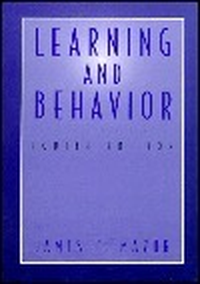 Learning and Behavior
Learning and Behaviorby James E. Mazur
-
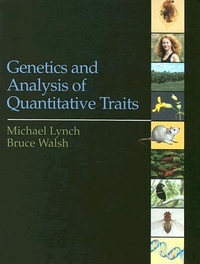 Genetics and Analysis of Quantitative Traits
Genetics and Analysis of Quantitative Traitsby Michael Lynch
-
 Lithic Debitage: Context, Form, Meaning
Lithic Debitage: Context, Form, Meaningby William Andrefsky Jr.
-
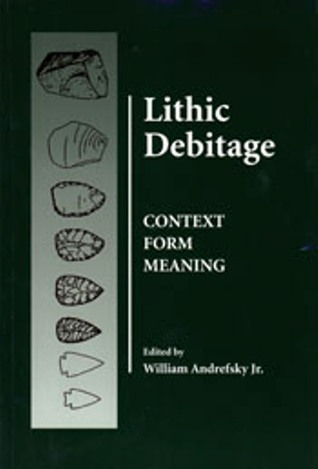 Lithic Debitage
Lithic Debitageby William Andrefsky Jr.
-
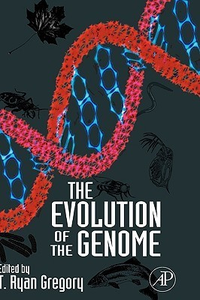 The Evolution of the Genome
The Evolution of the Genomeby T. Ryan Gregory
-
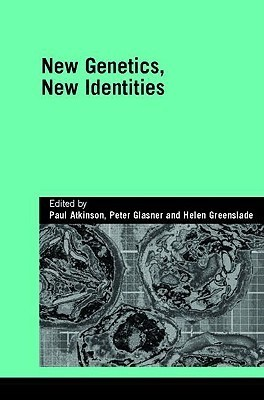 New Genetics, New Identities
New Genetics, New Identitiesby Paul Anthony Atkinson
-
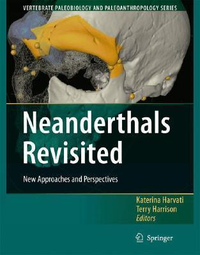 Neanderthals Revisited: New Approaches and Perspectives
Neanderthals Revisited: New Approaches and Perspectivesby Katerina Harvati
-
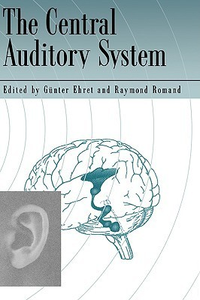 The Central Auditory System
The Central Auditory Systemby Gunter Ehret
-
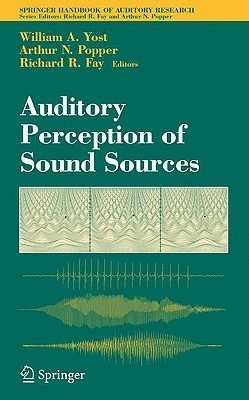
-
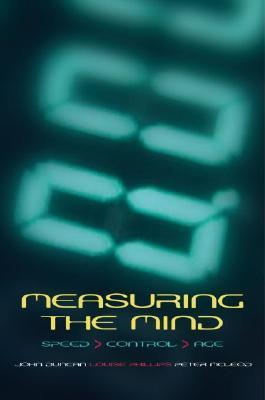 Measuring the Mind: Speed, Control, and Age
Measuring the Mind: Speed, Control, and Ageby John Duncan
-
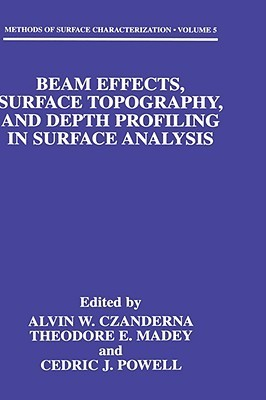 Beam Effects, Surface Topography, and Depth Profiling in Surface Analysis
Beam Effects, Surface Topography, and Depth Profiling in Surface Analysisby Alvin Warren Czanderna
-
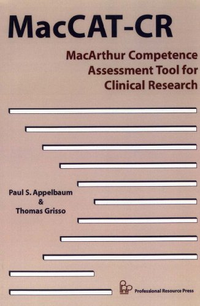 Macarthur Competence Assessment Tool for Clinical Research
Macarthur Competence Assessment Tool for Clinical Researchby Paul S. Appelbaum
-
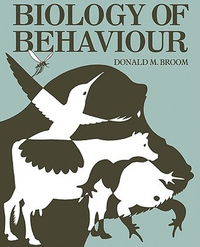 Biology of Behaviour: Mechanisms, functions and applications
Biology of Behaviour: Mechanisms, functions and applicationsby Donald M. Broom
-
 Measuring Movement and Locomotion: From Invertebrates to Humans
Measuring Movement and Locomotion: From Invertebrates to Humansby Klaus Peter Ossenkopp
-
 Advances in Neural Population Coding (Volume 130)
Advances in Neural Population Coding (Volume 130)by M.A.L. Nicolelis
-
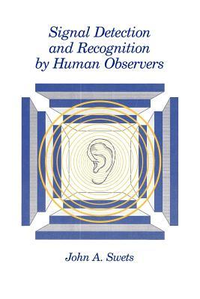 Signal Detection and Recognition by Human Observers
Signal Detection and Recognition by Human Observersby John A. Swets
-
 Developmental Psychobiology New Methods and Changing Concepts
Developmental Psychobiology New Methods and Changing Conceptsby Harry N. Shair
-
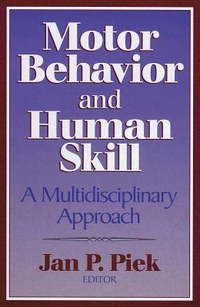 Motor Behavior and Human Skill: A Multidisciplinary Approach
Motor Behavior and Human Skill: A Multidisciplinary Approachby Jan P. Piek
-
 The Neurobiology of Behavior: An Introduction
The Neurobiology of Behavior: An Introductionby Gordon J. Mogenson
-
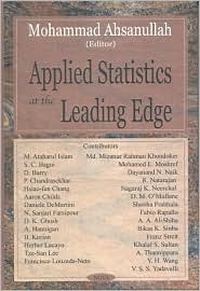 Applied Statistics at the Leading Edge
Applied Statistics at the Leading Edgeby Mohammad Ahsanullah
-
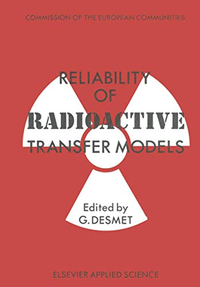 Reliability of Radioactive Transfer Models
Reliability of Radioactive Transfer Modelsby G. Desmet